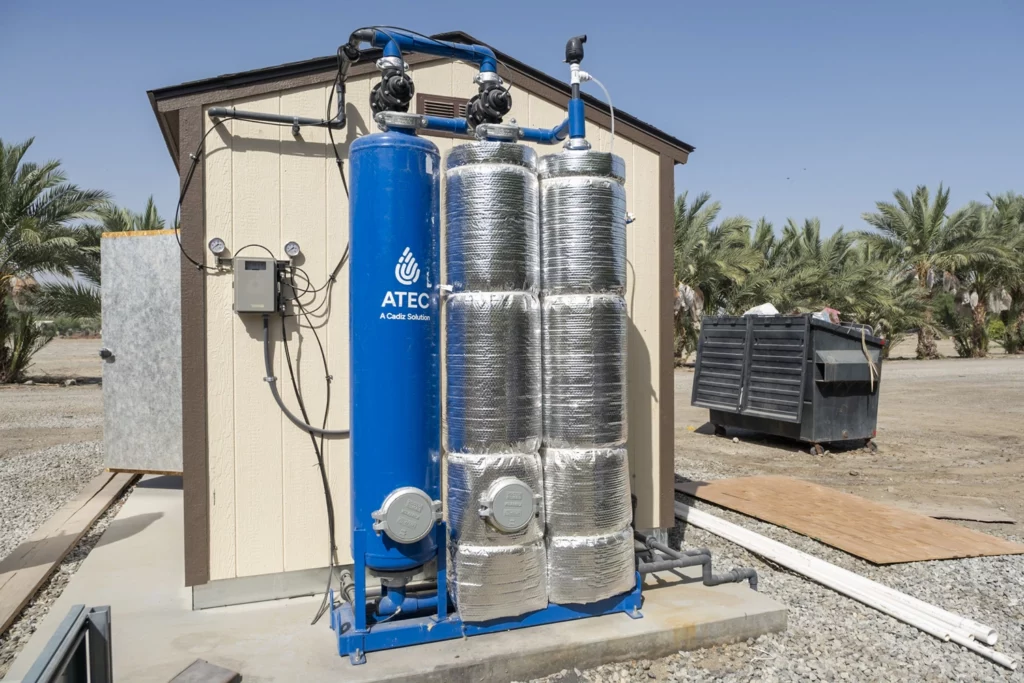Groundwater Contaminants
Groundwater in Crisis
Half of the U.S. population depends on groundwater for drinking, and 40 million Americans draw supplies from their own wells. According to the U.S. Geological Survey, one-fifth of groundwater wells in the United States contain at least one contaminant at a level high enough to pose health risks. Groundwater provides one-third of the world’s drinking water, and contamination is growing.
In California, where ATEC is based, one million Californians rely on water supplies at risk of failing to meet state and federal water-quality standards. According to this 2022 state audit, these Californians are risking long-term health concerns because of this lack of safe drinking water. Of the 7,400 public water systems in California, more than 3,000 have two or more water-quality violations – some of which include high levels of arsenic and chromium-6. A UC Riverside study in April 2023 found that over half a million Californians rely on drinking water with levels of manganese exceeding new international safety standards. Historically deemed secondary contaminants, recent studies have found that the implications of elevated levels of manganese could pose more serious health implications, especially for infants and children. Most of those at risk live in socioeconomically disadvantaged communities.
Overall, the California State Water Resources Control Board (SWRCB) estimates that more than 800 systems are out of compliance, at risk of failure, or consistently fail to meet primary drinking water standards. Remedying this problem with conventional equipment would cost over $10 billion.
The California SWRCB also estimates that more than 1.3 million Californians use largely unregulated domestic groundwater wells for drinking water. A quarter of those wells operate in areas at risk of contamination and disproportionately serve disadvantaged communities.


The Roots of the Crisis
Advances in science and detection are revealing that contaminants are more widespread in water supplies than previously known. As climate change reduces snowpacks and other surface sources of freshwater, communities increasingly rely on groundwater supplies that must be treated and managed.
Water quality failures often disproportionately impact disadvantaged communities as they are less likely to afford remediation.
The ATEC Solution
